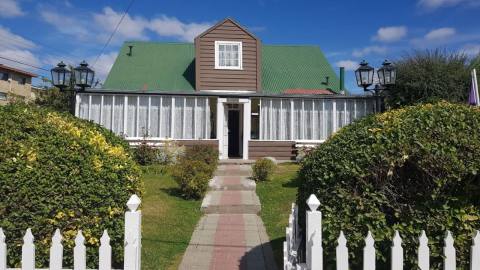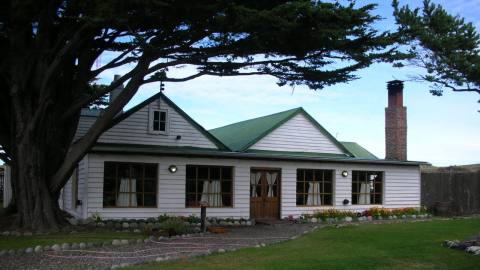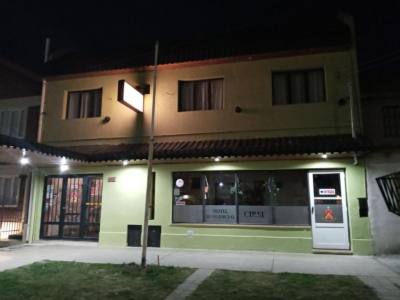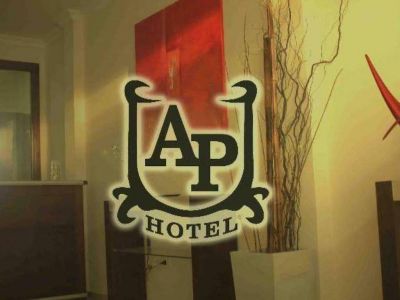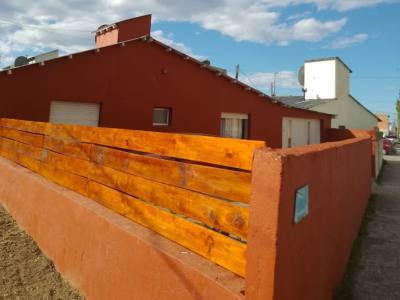
Blue water in a volcano crater, penguin colonies or a lighthouse are but a few of the attractions you simply cannot miss. We suggest being prepared for adventure and getting to know Patagonia.
A characteristic feature of the roads around
Río Gallegos is their incredible length across the steppe. No matter which we choose, we will surely be accompanied by
guanacos, grey or red fox and hares. To reach Punta Loyola and Isla Deseada on the Atlantic, we headed southwest on National Route 40. Old shipwrecks met us on the coast as well as a great view of Isla Deseada from the cove. This small island, populated by penguins, cormorants and seagulls, is an outstanding sea fishing area. We then decided on an outing to Cabo Vírgenes at the mouth of the Strait of Magellan, the southernmost continental point in both Argentina and America. It was there the first foundation in Patagonia took place in the 16th century and later, in the 19th century, it became the hub of ‘the gold rush’.

According to history, Pedro Sarmiento Gamboa founded a colony in 1584 which was decimated by the extreme winter weather and the lack of food. Three centuries later, owing to the wreck of a French ship, gold was accidentally discovered in the sand. The site quickly became a mining camp with shops and services but was later dismantled due to its meager results and incredibly harsh weather conditions. That is part of the appealing history of the area. Nowadays, both sides of the road are lined with towers, oil installations and the El Cóndor and Cerro Redondo gas fields. However, the Magellan penguin colony is much more eye-catching. This species chose the Reserva Natural Provincial (Natural Province Reserve) to court, lay and incubate its eggs.

A 1904 lighthouse completes the windswept, rugged landscape. Its light and height provide guidance to sea faring ships as far as 40 km away. Leaving the city behind, we drove over Guer Aike bridge before turning off the paved road into the dirt road leading to
Estancia Hill Station which we had been invited to visit. We were greeted by the beautiful main house built in 1899 with its typical, glassed in gallery, a welcome shelter against the harsh weather. It is a pioneer Patagonian
estancia, still working thanks to the effort of each and every descendant of William Halliday, its founder. We happily took part in farm activities. The
estancia is basically devoted to breeding sheep and
criollo horses. They also offer interesting rides and catch and release trout fishing. Old belongings bearing witness to the centenary life of Río Gallegos are displayed in a museum. We also visited another charming old
estancia, at present Truchaike Lodge, on the shore of River Gallegos. They provide guided fishing outings and accommodation at the main house, which has been suitably equipped. Needless to say, outdoor
‘asados criollos’ (typical barbecues) and picnics abound.

Last but not least we toured
Laguna Azul (Blue Lake), a geological natural reserve of the province with volcanic characteristics. Actually, the amazing, deep blue lake is in the crater of an extinct volcano. Local flora and fauna provided extra color to the outing. For those of us who live in a concrete city, each kilometer around Río Gallegos added to the adventure and experiences of a vast, emotion packed Patagonia.






